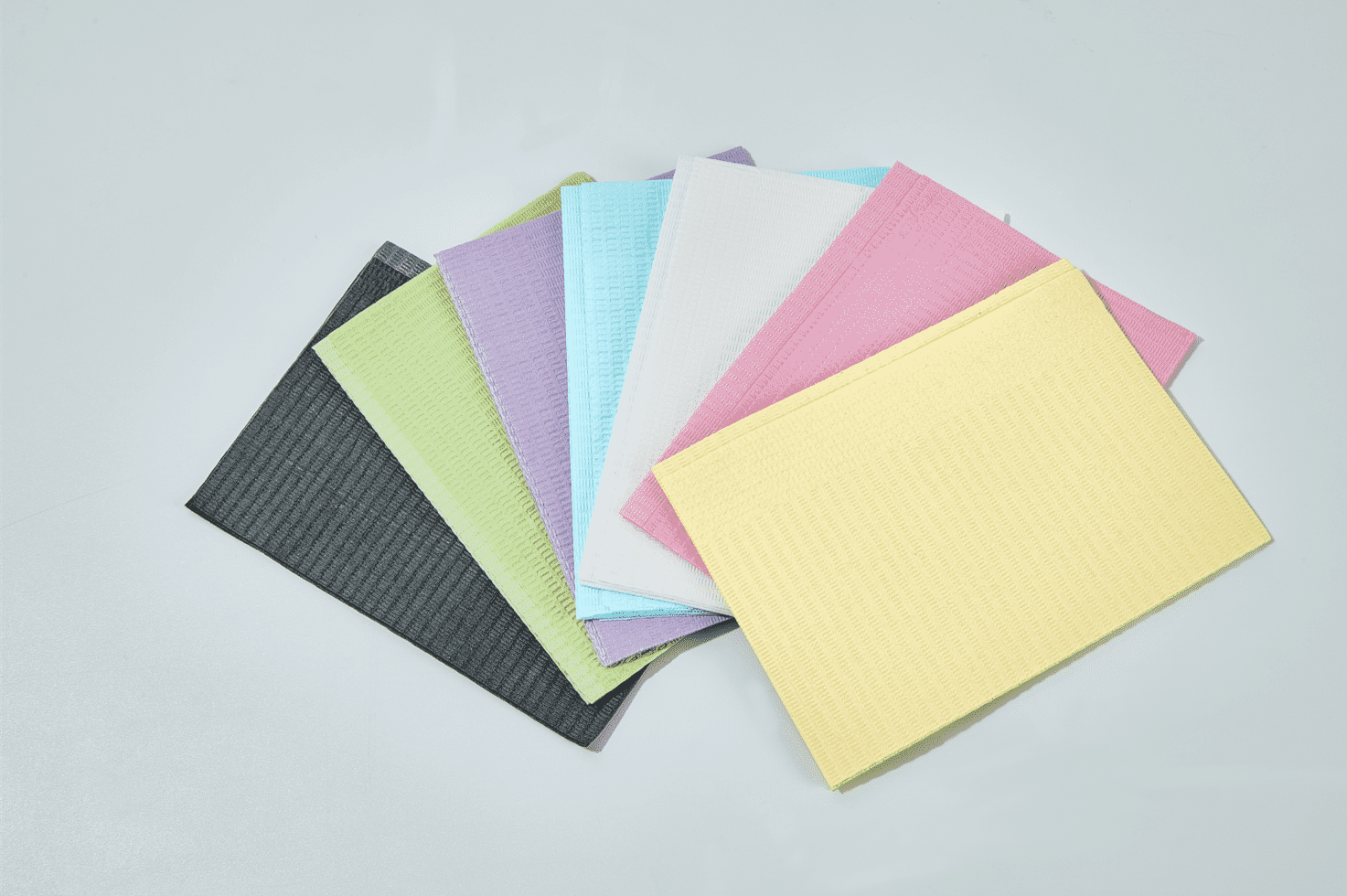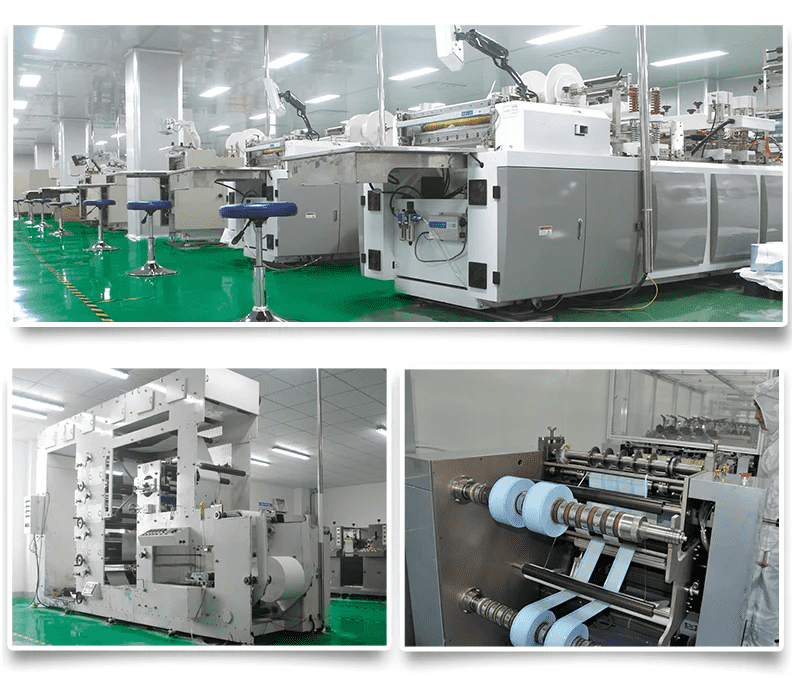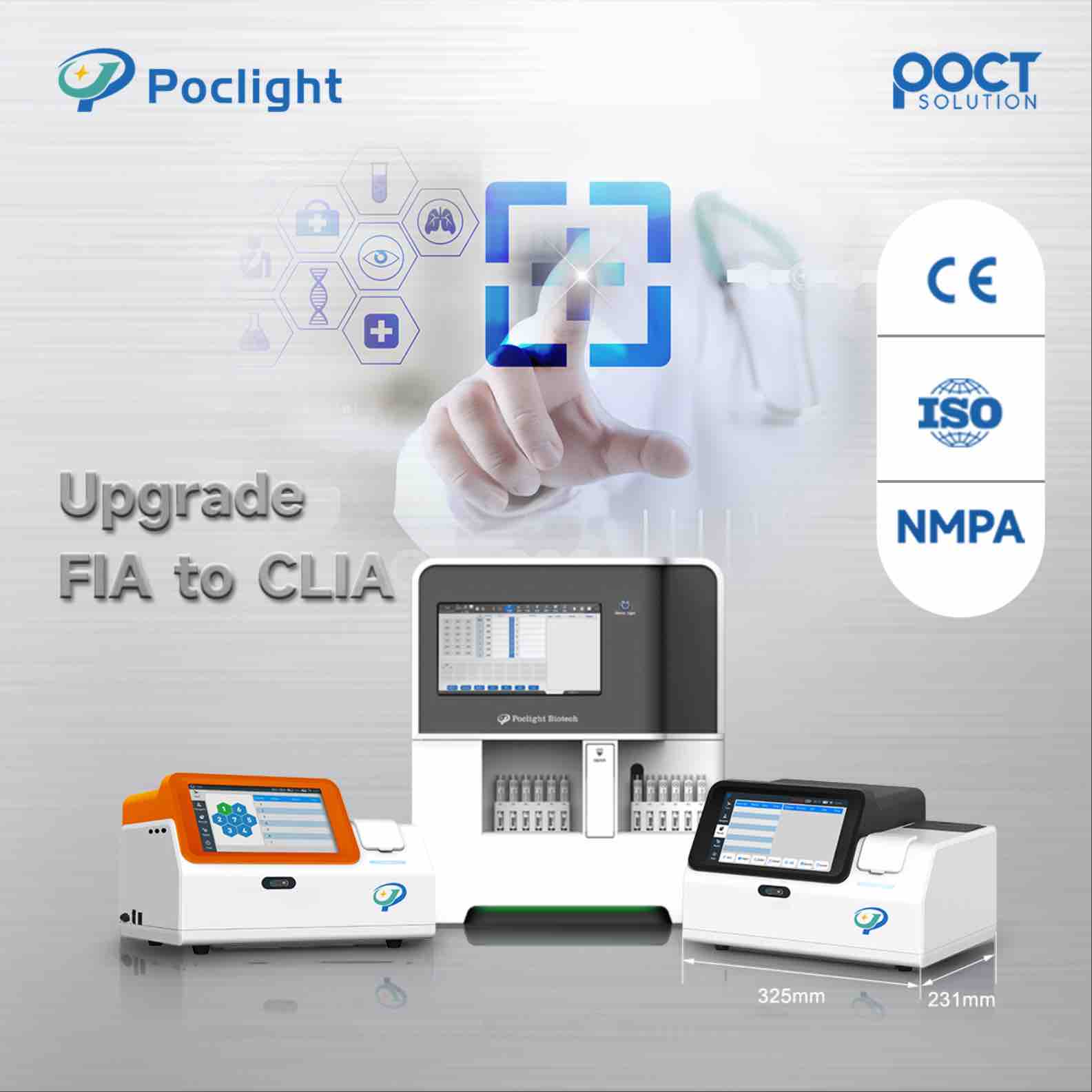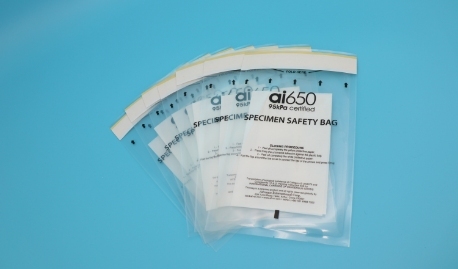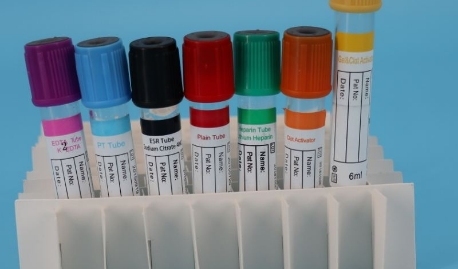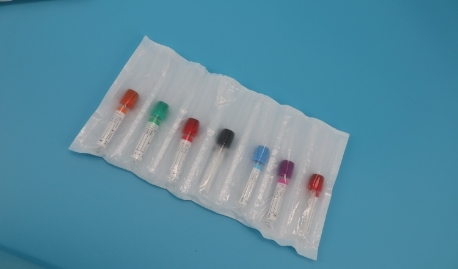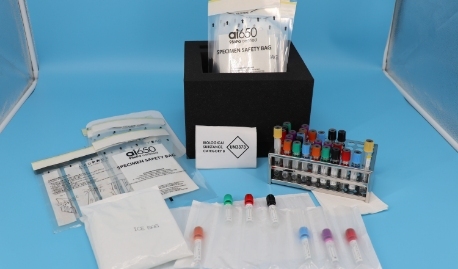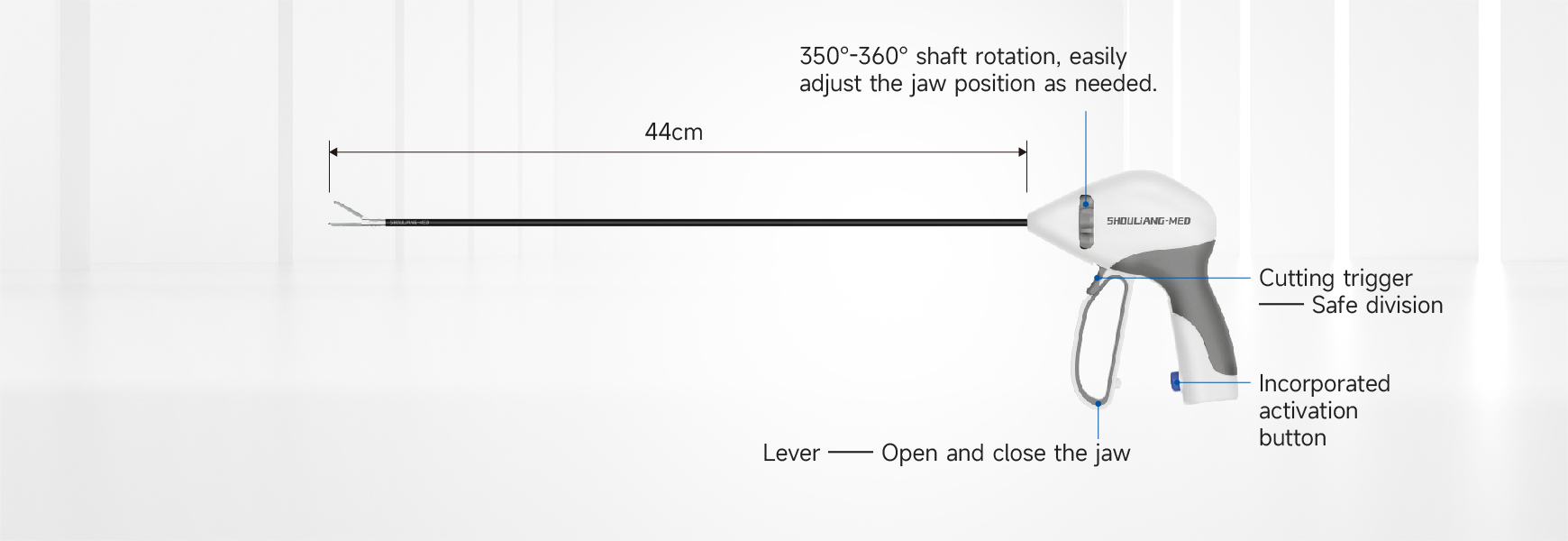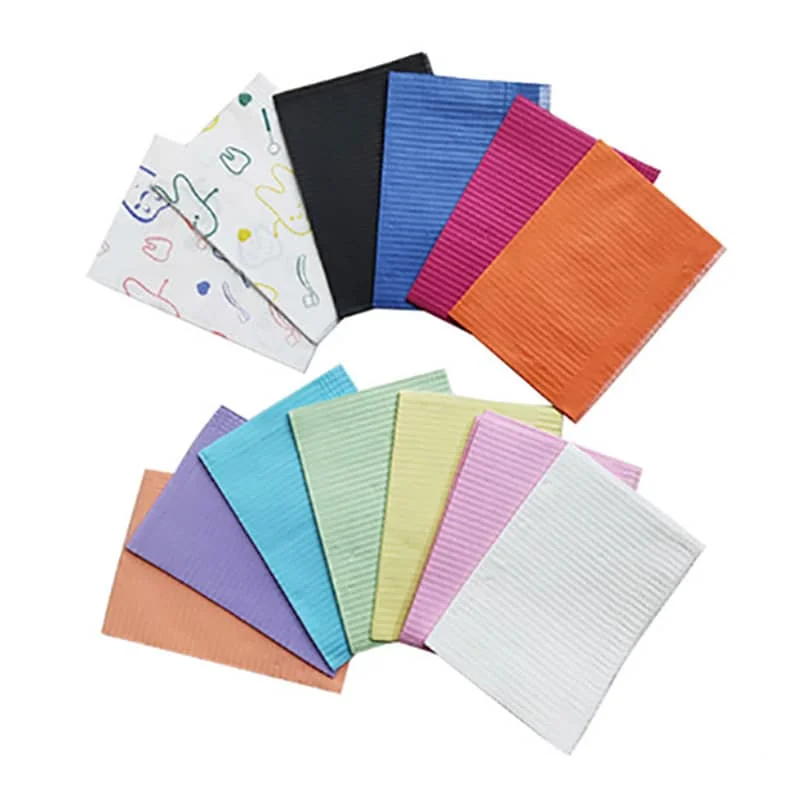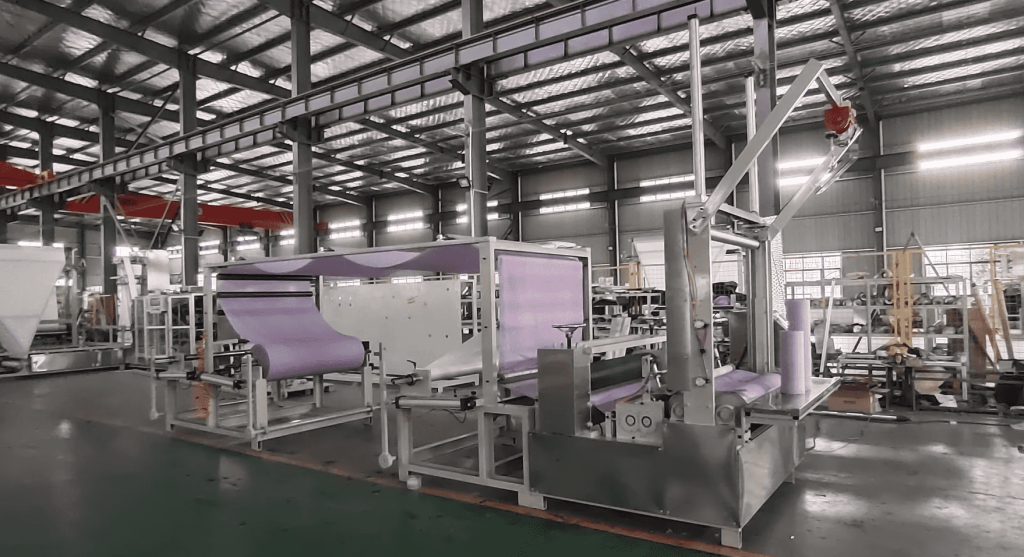In the fast-evolving landscape of laboratory research and biomedical logistics, the demand for reliable, safe, and innovative lab supply manufacturers has never been higher. Laboratories and healthcare institutions worldwide depend on high-quality products to ensure specimen integrity, regulatory compliance, and operational efficiency. As a leader in this critical field, Advance International Corp stands out as a trusted partner for laboratories globally.
Precision Meets Innovation
Advance International Corp was established in 2019 and is a supplier focusing on the research and development and production of laboratory consumables and biological consumables in the life science industry. Advance International Corp has served the life science industry for more than ten years and has a team of masters and doctors with rich experience in product development, design, sales and senior R&D experience.
The company also takes advantage of the location of the booming life sciences in Jiangsu, Zhejiang and Shanghai, and combines school-enterprise cooperation to develop biological products that are more suitable for laboratory research. Products are widely used in various research institutes.
Advance International Corp has its own R&D center, quality control center, and ERP information processing center, which makes Advance International Corp's products more advantageous in the application market. The R&D center has explored the field of life science consumables for many years and has a new understanding of life science industry products.
It is no longer relies on the imitation of a certain brand in the industry and can independently develop new products suitable for customer applications and be close to applications. With Advance International Corp's more than ten years of experience in the life science industry, the quality control center can independently develop test plans to ensure product performance.
Factory quality control strictly follows the inspection method of 2-hour inspection + re-inspection to check every product leaving the factory. Advance International Corp's ERP information team independently developed a system that meets factory usage requirements and can quickly match materials. It can calculate production delivery dates and automatically schedule to standardize production processes, making all production processes streamlined and standardized.
Advanced Production Technology: The Backbone of Excellence
A superior lab supply manufacturer must leverage cutting-edge technology to meet stringent safety and performance requirements. Advance International Corp integrates the following into its production processes:
Automated Manufacturing Systems: State-of-the-art machinery ensures precision in product dimensions, sealing integrity, and consistency across high-volume orders.
Material Science Expertise: Proprietary polymer blends and absorbent materials are engineered to withstand extreme temperatures, pressure changes, and chemical exposure.
Rigorous Quality Control: Every batch undergoes testing for leak resistance, durability, and compliance with international safety protocols.
Sustainability Initiatives: Eco-friendly materials and energy-efficient processes align with global sustainability goals.
Core Products: Engineered for Safety and Reliability
Advance International Corp’s product portfolio addresses critical needs in biological specimen transport. Below are its flagship solutions:
95 kPa Specimen Bags
Purpose: Safely transport liquids, tissues, and infectious substances.
Key Features:
Validated to withstand 95 kPa pressure (exceeding IATA requirements).
Triple-seal technology prevents leaks and cross-contamination.
Transparent design for easy specimen identification.
Applications: Clinical trials, pathology labs, and biobanking.
Specimen Tubes
Purpose: Secure storage and transport of DNA, RNA, and microbiological specimens.
Key Features:
Cryogenic-resistant polypropylene construction.
Airtight screw caps with silicone gaskets.
Available in sterile and non-sterile variants.
Absorbent Pouches
Purpose: Contain spills and mitigate contamination risks.
Key Features:
Rapid-absorption cellulose core with antimicrobial coating.
Pre-cut sizes for compatibility with specimen bags and containers.
Cold Chain Transport Packaging
Purpose: Maintain temperature-sensitive specimens (e.g., vaccines, biologics) during transit.
Key Features:
Phase-change materials (PCMs) ensure precise temperature control (-80°C to +25°C).
Lightweight, stackable designs optimized for shipping efficiency.
Reusable options to reduce environmental impact.
Beyond products, a world-class manufacturer must deliver holistic value:
Customization: Tailored solutions for unique client requirements, including branding, sizing, and material specifications.
Global Compliance: Products pre-certified for international shipping, minimizing regulatory hurdles.
End-to-End Support: Technical consulting, rapid prototyping, and logistics optimization services.
Commitment to R&D: Continuous innovation in biodegradable materials and smart packaging (e.g., IoT-enabled temperature monitoring).
Partnering for a Safer Future
In an era where specimen integrity can impact groundbreaking research or life-saving diagnostics, laboratories need manufacturers that blend technical mastery with unwavering accountability. Advance International Corp embodies these principles, offering solutions that safeguard specimens, streamline workflows, and support global health initiatives.
For laboratories seeking a partner that prioritizes safety, innovation, and sustainability, Advance International Corp stands as a benchmark for excellence in China’s lab supply manufacturing sector.

